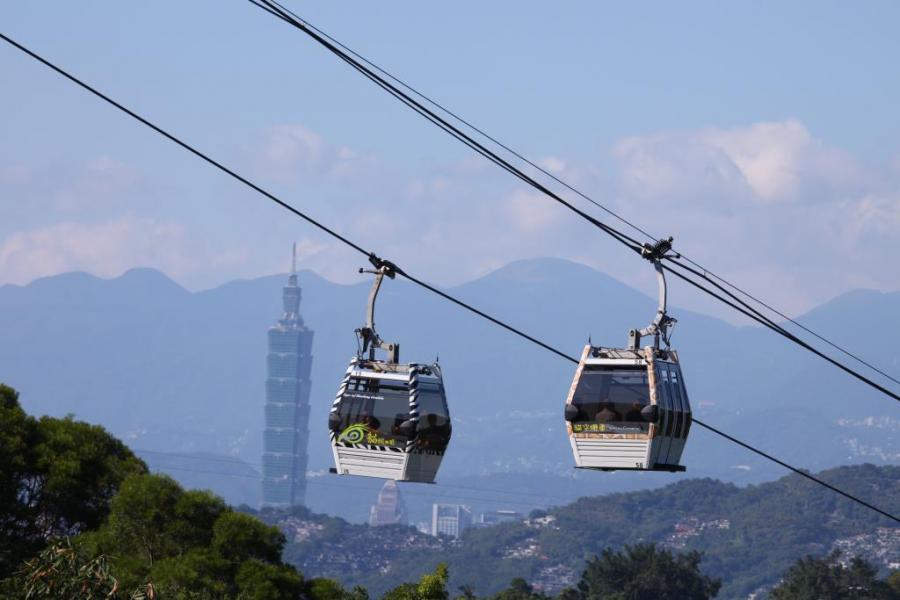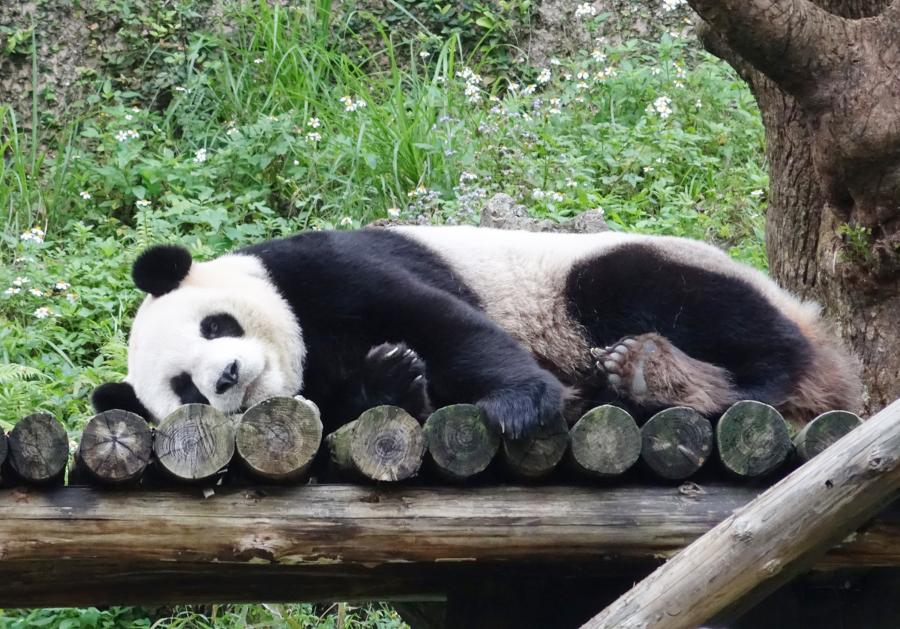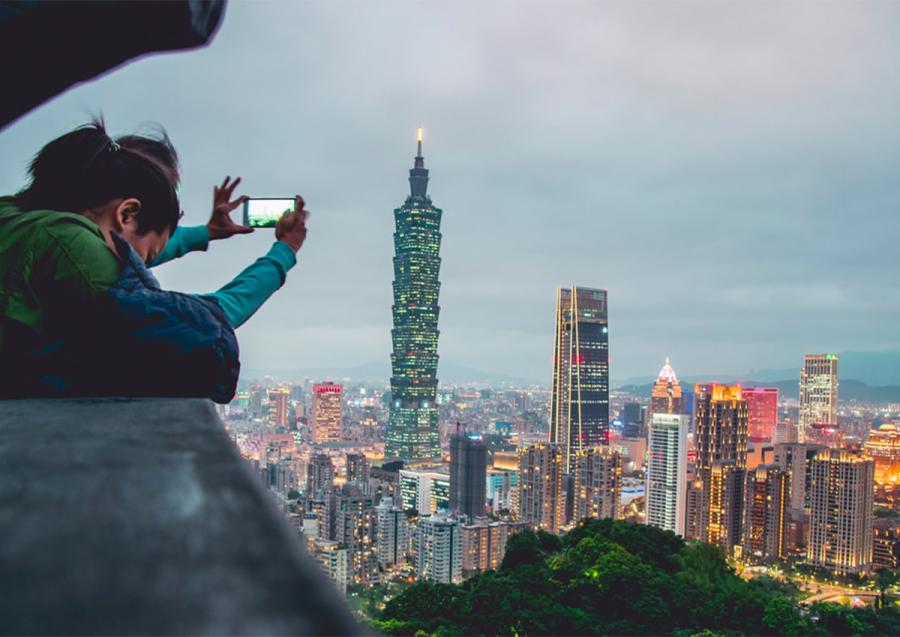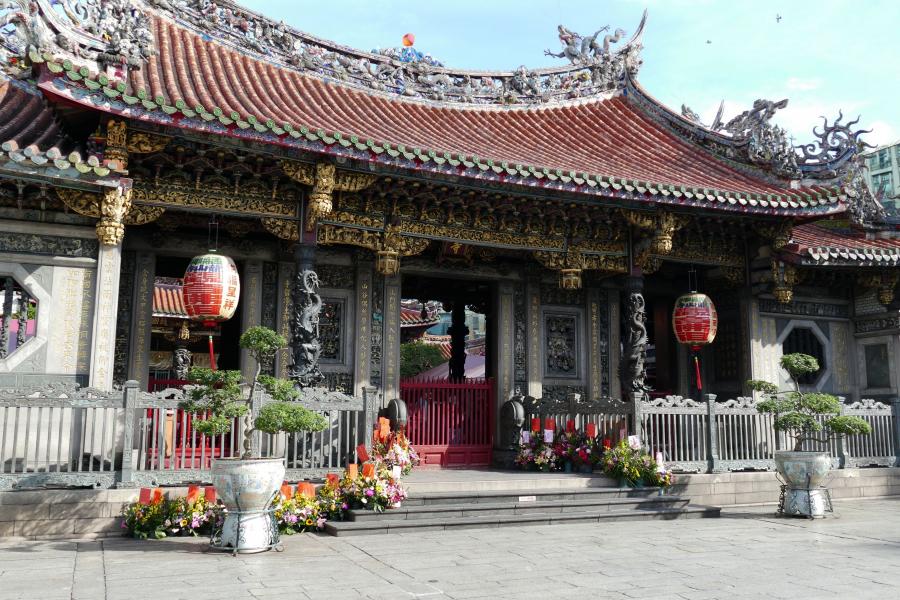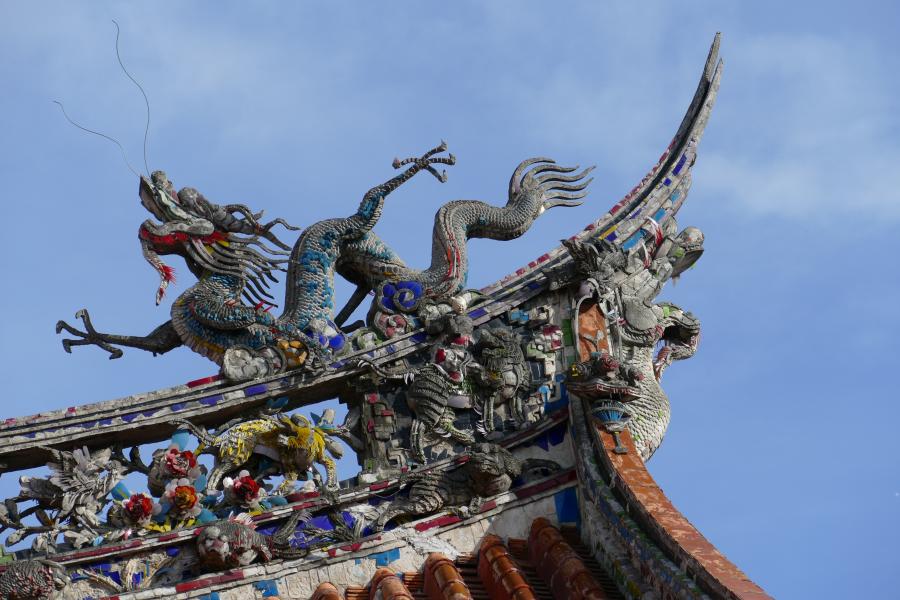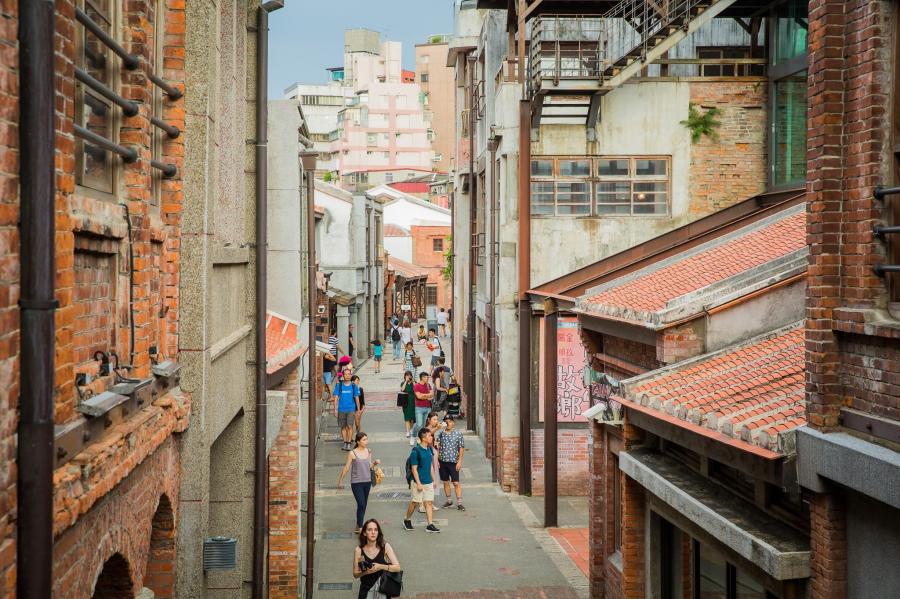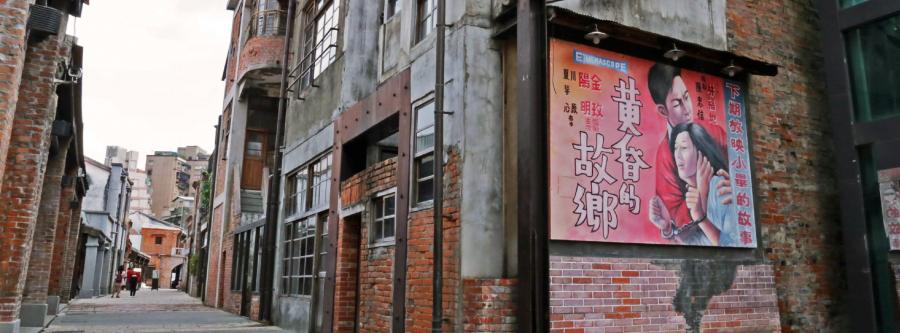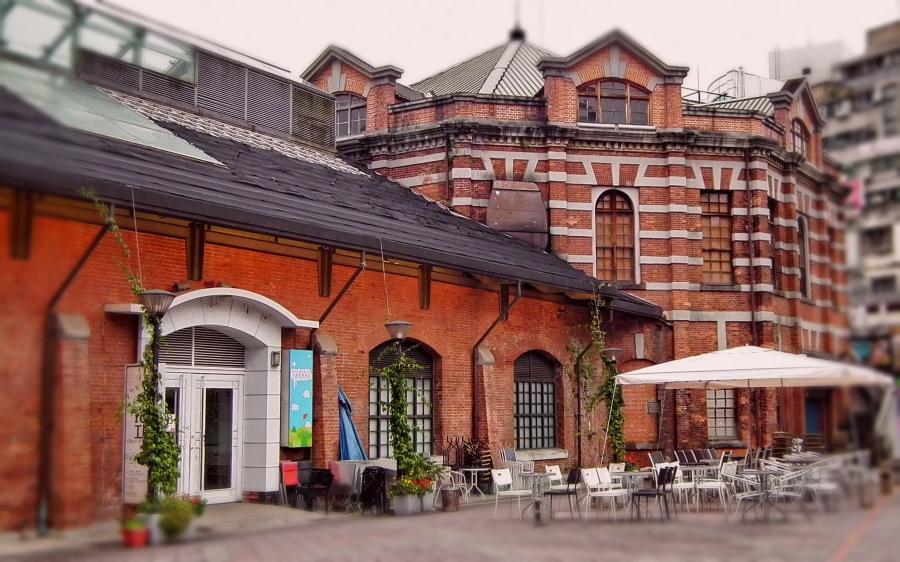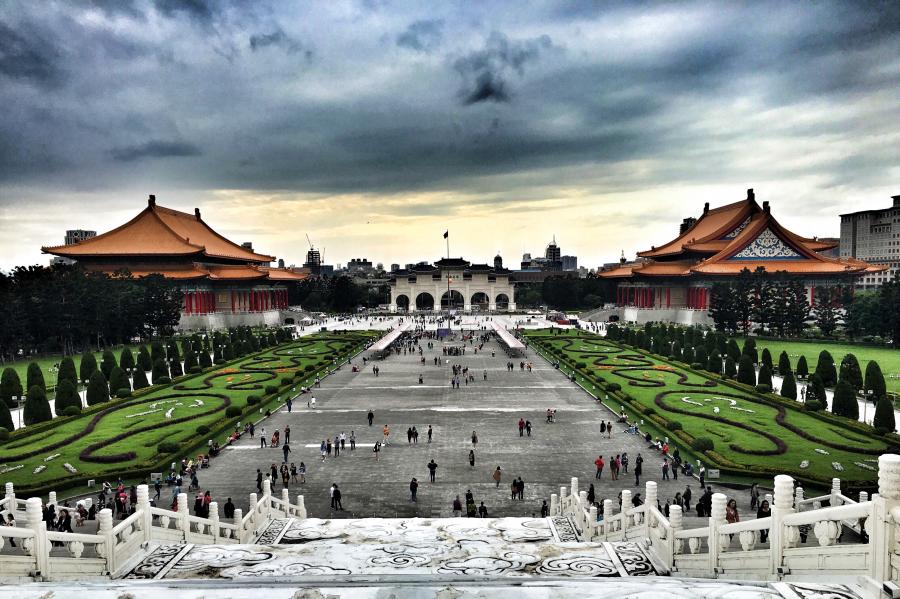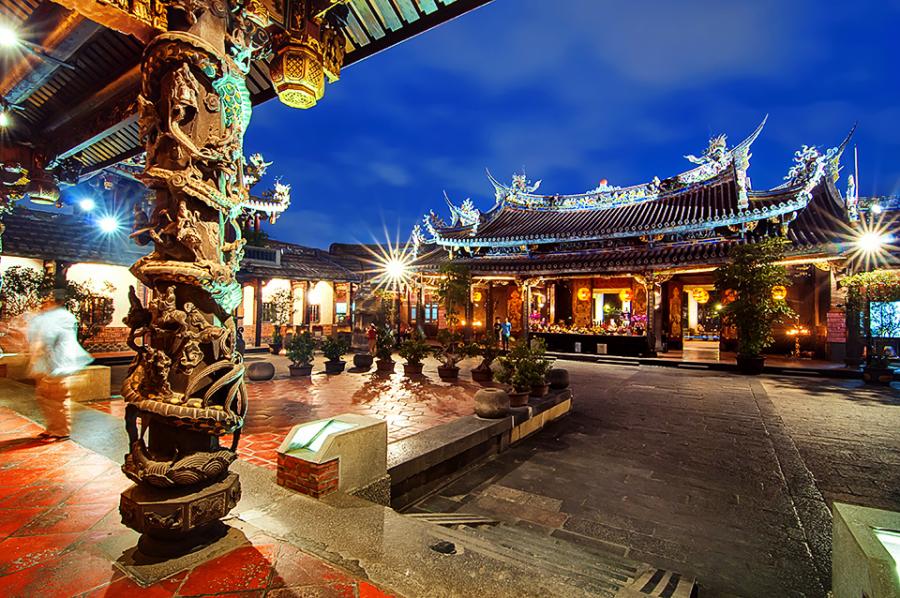
Taipei and the North
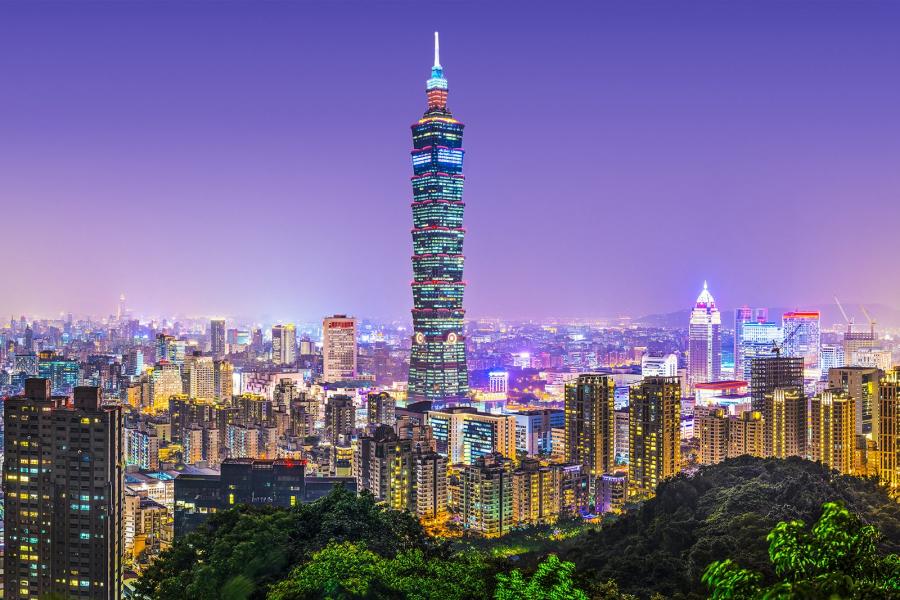
說明 Introduction
On this page, you can find attractions in Taipei and the area around!
Taipei is the capital of Taiwan (officially the Republic of China, ROC).
Located in northern Taiwan, the city is home to an estimated population of over 2.700.000, the 40th most-populous urban area in the world.
The city is served by two airports – Songshan and Taoyuan. Taipei is home to various world-famous architectural or cultural landmarks, which include Taipei 101, Chiang Kai-shek Memorial Hall, Dalongdong Baoan Temple, Hsing Tian Kong, Lungshan Temple of Manka, National Palace Museum, Presidential Office Building, Taipei Guest House, Ximending, and several night markets dispersed throughout the city.
Natural features such as Maokong, Yangmingshan and hot springs are also well known to international visitors.
Please take into consideration that some attractions' entrance fees can't be booked online, it has to be paid on the spot.
Itinerary
注意事項 Notes
For reservation and information, please contact:
NORTHWEST TOUR
Dalong Road, No.20 (crossing Jingming 1 Street) TCC building, 7th floor Taichung city, 403 TAIWAN (R.O.C) Taichung City Phone +886 4 37001268 ext 203 for English
✉ Email:
anna@northwest.com.tw
taiwan.tour@northwest.com.tw
About Northwest:
Founded in 1986, Northwest is one of the major travel agencies in Taiwan. With its 30 years of experience and 2 offices in Taiwan, Northwest offers a professional and multilingual service to satisfy all the needs of our clients. Our network of specialists guarantee you to enjoy the incredible sense of hospitality that the island of Taiwan has to offer with a broad range of budgets.

